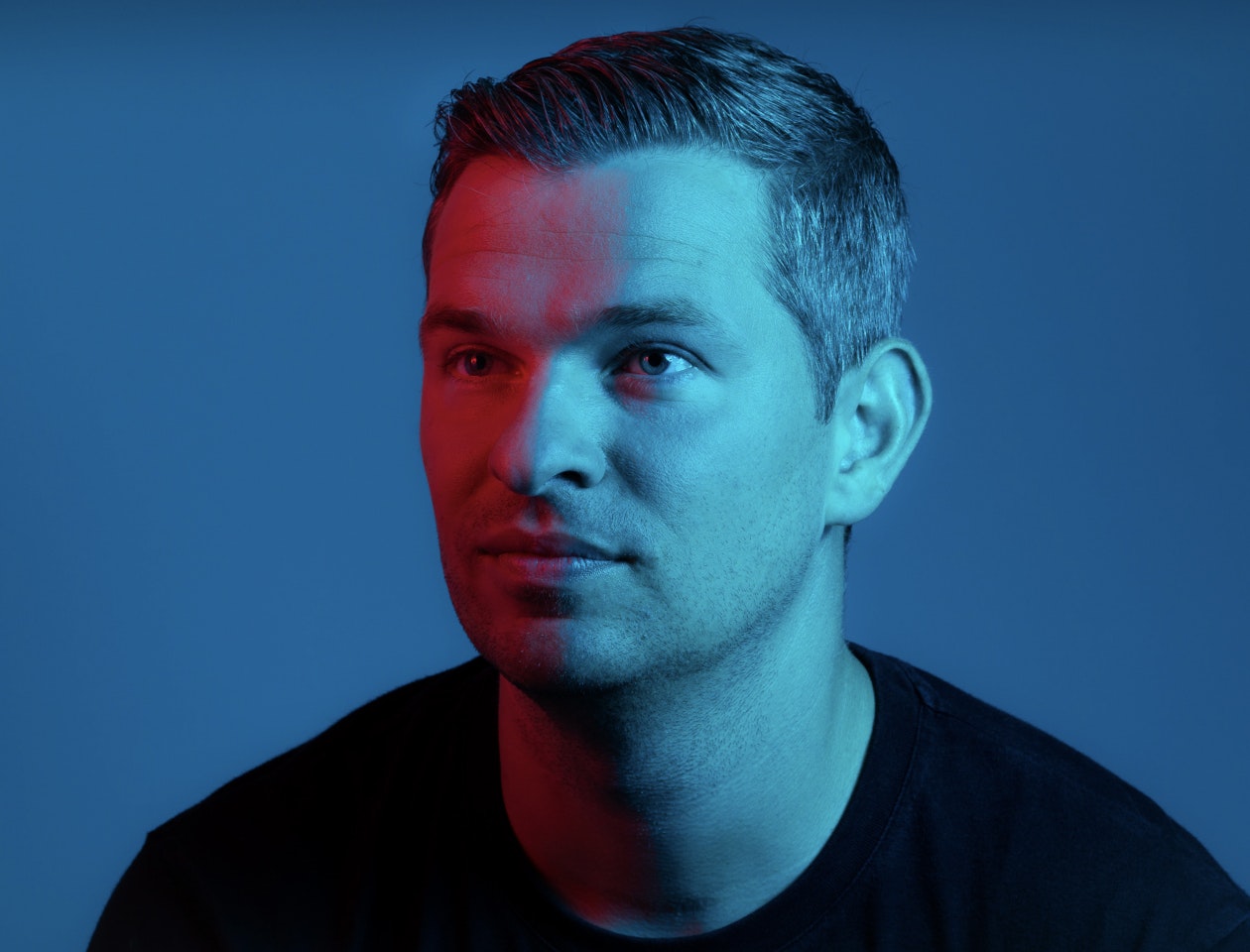There are many reasons a CEO might want to step down. Some CEOs like the early stages of building a business but not what comes next. Others find the company has outgrown their skillset, and realise the ship would be better steered by someone new. Monique Hoell stepped down as CEO of D2C cosmetics brand HelloBody last April, when its holding company, Invincible Brands, was acquired by consumer goods giant Henkel.
In our Startup Life newsletter, she shares her tips on how to gracefully step away from the role of CEO.
Communicate the decision internally, multiple times
Hold a meeting with your employees and explain your decision to step down as CEO. People will always have questions — who will be the next CEO? Will the company be restructured? Who else is leaving? — so it’s a good idea to hold a second meeting to address them. Invite your employees to submit questions via email — some people will feel uncomfortable asking them in front of the whole company — and address them in a second meeting. Be open and transparent with your employees. You don’t have to lay bare all the personal reasons why you’re stepping down, but be honest about what's coming next for the company, even if its future is somewhat cloudy, so employees know what to expect.
Be involved in hiring the next CEO
You’ve been building the business and you know best what it needs to take it to the next stage. Investors might be helpful, but they don’t know the business back to front in the same way as you do, and might end up optimising for the wrong thing. That said, our senior management team did consult our shareholder circle about what salary the new CEO would be paid and what shares they would acquire — not because we needed their approval, but because it’s good to have a second opinion.
Let the new CEO shadow you
The best-case scenario is that someone within the company who’s been on track for the job for a while will be promoted to CEO. But, whether the incoming boss is an internal or external hire, they should shadow the current CEO and learn how the business works from the ground up. They should be asking questions, not only about how the business operates day to day but about what challenges the employees are facing, how the different teams work together and what the dynamic is like in the leadership team. As a new CEO it’s important to understand what drives people in every corner of the organisation.
Be informative — but not prescriptive
Don’t try to steer the new CEO in a specific direction. Give them room to sit and observe and work things out for themselves: how are people talking to each other? How does the CEO talk to people? How do staff feel approaching the CEO? Is it a relaxed culture where people knock on the door and come in, or is it a more formal environment? New CEOs should be thinking about how their personal management style can be put in place — and how the organisation can fit around that, because at the end of the day, it’s the CEO that sets the company’s culture. Outgoing CEOs should also give a warts-and-all picture of the business and be honest about any problems the company has, so the incoming CEO knows what they’re in for.
Encourage the new CEO to meet the C-suite
They’ll be the CEO’s closest confidants. Encourage the new CEO to set up regular coffee meetings with the other leaders so they can get to know each other on a personal and professional level and understand more about their roles in the business. If you’re a new CEO coming into a situation where you’ll have to hire new leaders, plan an offsite or a relaxed getaway somewhere to allow the new leadership team to bond.
Know when to step away
Typically, there is a six to twelve-month transition phase from one CEO to another. During that time, you’ll be handing over your responsibilities to the new CEO — a process where so many things can go wrong (CEOs who want to hit the ground running may try to change things too fast, or they may make mistakes in the beginning, like hiring the wrong people). But there comes a time when it is simply not your job anymore to fix the problems. Do what you need to do to prepare the next CEO for the job during the agreed transition period and then step away. Don’t let things drag on.
On the subject of... stepping down as CEO
🪜Stepping up to the role. If you’re a non-founder CEO entering a new company, you’ll need to prepare well for the task ahead of you. Here, five CEOs explain how they did it.
🔽 Founders don’t always have to be CEO. There’s no shame in stepping down as CEO if you are the founder of the company — especially if the role does not fit your skillset.
🤝🏽 Prepare the new CEO for what’s coming. Outgoing CEOs need to lay the groundwork for the new person coming in.
⚙️ Manage the transition. Stepping down takes careful planning. You need to figure out when the transition from current to new CEO should take place to avoid the mistake of doing it too early or too late.
🛑Signs you should step down. If you yearn for the early years of building a company, if you dread hiring people and if your company’s growth has stalled, you should probably pass the CEO baton to someone else.


